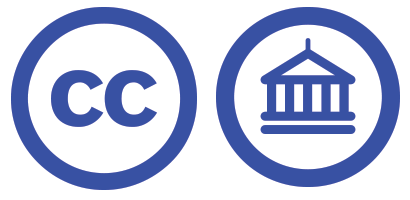Cost-effectiveness of risk-based breast cancer screening programme, China.
 ;
Rosa Legood
;
Rosa Legood  ;
Zia Sadique
;
Zia Sadique  ;
Isabel Dos-Santos-Silva
;
Isabel Dos-Santos-Silva  ;
Li Yang;
(2018)
Cost-effectiveness of risk-based breast cancer screening programme, China.
Bulletin of the World Health Organization, 96 (8).
pp. 568-577.
ISSN 0042-9686
DOI: 10.2471/BLT.18.207944
;
Li Yang;
(2018)
Cost-effectiveness of risk-based breast cancer screening programme, China.
Bulletin of the World Health Organization, 96 (8).
pp. 568-577.
ISSN 0042-9686
DOI: 10.2471/BLT.18.207944
OBJECTIVE: To model the cost-effectiveness of a risk-based breast cancer screening programme in urban China, launched in 2012, compared with no screening. METHODS: We developed a Markov model to estimate the lifetime costs and effects, in terms of quality-adjusted life years (QALYs), of a breast cancer screening programme for high-risk women aged 40-69 years. We derived or adopted age-specific incidence and transition probability data, assuming a natural history progression between the stages of cancer, from other studies. We obtained lifetime direct and indirect treatment costs in 2014 United States dollars (US$) from surveys of breast cancer patients in 37 Chinese hospitals. To calculate QALYs, we derived utility scores from cross-sectional patient surveys. We evaluated incremental cost-effectiveness ratios for various scenarios for comparison with a willingness-to-pay threshold. FINDINGS: Our baseline model of annual screening yielded an incremental cost-effectiveness ratio of US$ 8253/QALY, lower than the willingness-to-pay threshold of US$ 23 050/QALY. One-way and probabilistic sensitivity analyses demonstrated that the results are robust. In the exploration of various scenarios, screening every 3 years is the most cost-effective with an incremental cost-effectiveness ratio of US$ 6671/QALY. The cost-effectiveness of the screening is reduced if not all diagnosed women seek treatment. Finally, the economic benefit of screening women aged 45-69 years with both ultrasound and mammography, compared with mammography alone, is uncertain. CONCLUSION: High-risk population-based breast cancer screening is cost-effective compared with no screening.
| Item Type | Article |
|---|---|
| ISI | 440630900020 |
Explore Further
- https://www.ncbi.nlm.nih.gov/pmc/articles/PMC6083393 (OA Location)
- 10.2471/BLT.18.207944 (DOI)
- 30104797 (PubMed)
